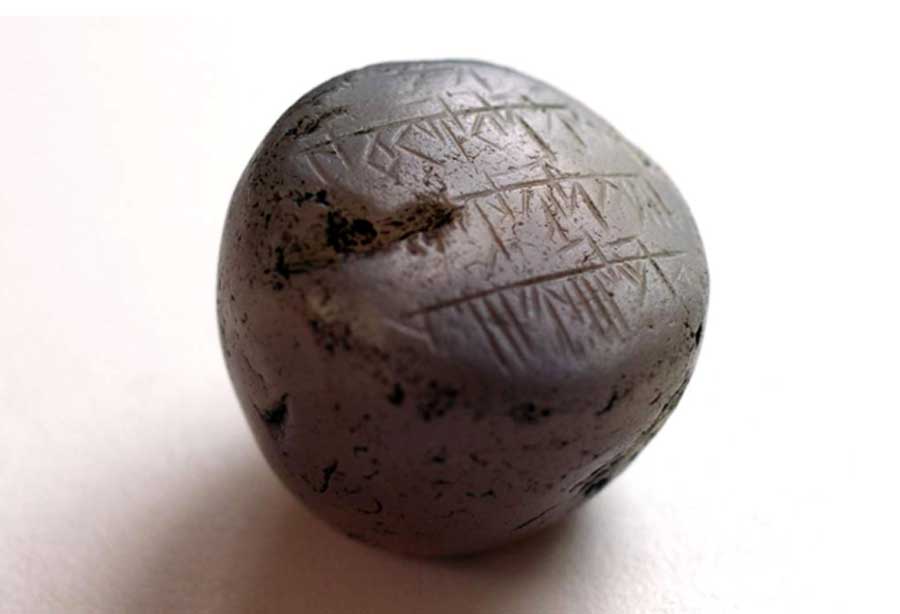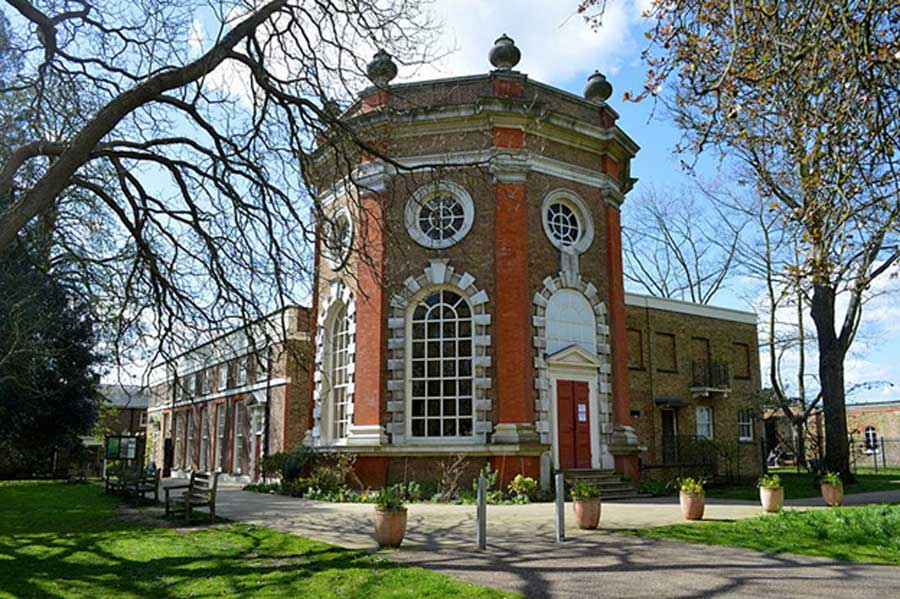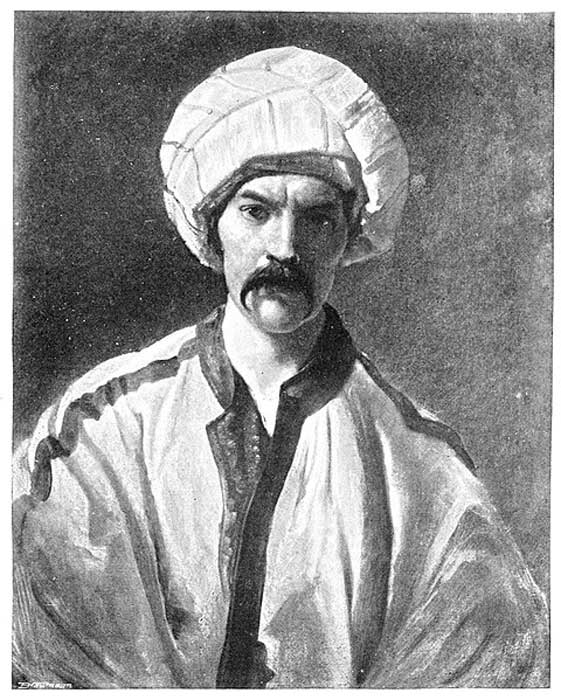
Solving the Mystery of the Burton Stone
In the affluent London suburb of Twickenham sits the Orleans House Gallery and among its vast collection of artwork and artifacts is a very mysterious piece of inscribed ‘meteorit’ once owned by the famous 19th-century explorer, Sir Richard Burton (1821 - 1890). It was thought to have been found in Mesopotamia by Sir Burton himself. But what is it and what does the object symbolize? Petros Koutoupis is an Ancient Origins author with knowledge of languages that include ancient and Biblical Greek, Biblical Hebrew, and a good fundamental understanding of Aramaic, Ugaritic, Phoenician, and Akkadian.

Orleans House Gallery in Twickenham (CC BY-SA 2.0)
Seal or Talisman?
Upon discovery and acquisition, Burton believed it to be a piece of meteorite which had been logged as such by his wife, Isabel, who sold his findings to the state following his death. It would take more than 120 years for the Natural History Museum to confirm the stone as a very terrestrial quartz type of material. That recent discovery aside, its inscription continues to elude us.
Adding to the relic’s mysteries is the discovery of two small holes located at its base. This would indicate that the item was originally worn around the neck or finger, possibly making it a talisman (with magic or luck bringing powers) or an ancient stamp seal (for clay / wax impressions). Although, the current author does not believe that the latter seems to be the case here.
Meteorite or Quartz?
When digging through the old museum records, it has been discovered that there is no mention of a meteorite among the Burton Collection. Instead, what is found is an ‘Assyrian chalcedony seal used as a pendant’. Chalcedony is a type of stone made up of both quartz and moganite. It is believed that the Assyrian item catalogued in the records refers to the same Burton stone. It is also worth noting that in the ancient world, precious stones such as this were often believed to harbor supernatural properties.

The Romance of Isabel, Lady Burton - Richard Burton in native dress (1904)(Public Domain)
But why suggest or mislead the general population by claiming it to be a meteorite? Sir Burton visited Mecca in 1853 disguised as an Arab. He personally saw the Black Stone in the Kaaba in the Grand Mosque which has often been claimed to be fashioned out of a meteorite. Did Burton wish to have his very own rare piece of meteorite? Sir Burton was known to be self-mythologizing and portray himself as this daring risk-taker who was a skilled linguist and anthropologist. The more outlandish or unrealistic the narrative, the more legendary he became. How much of it was fact and how much belongs in the realm of fiction? Well, it is very difficult to ascertain.
Translating the Inscription
Back to the inscription, the transcribed content was sent to various curators, historians and linguists around the world including the current author. The Victoria and Albert Museum in London came to their own conclusion that the ancient rune like character reflects the early Arabic [Medieval] Kufic. The current author disputes this finding, with an alternative explanation.




